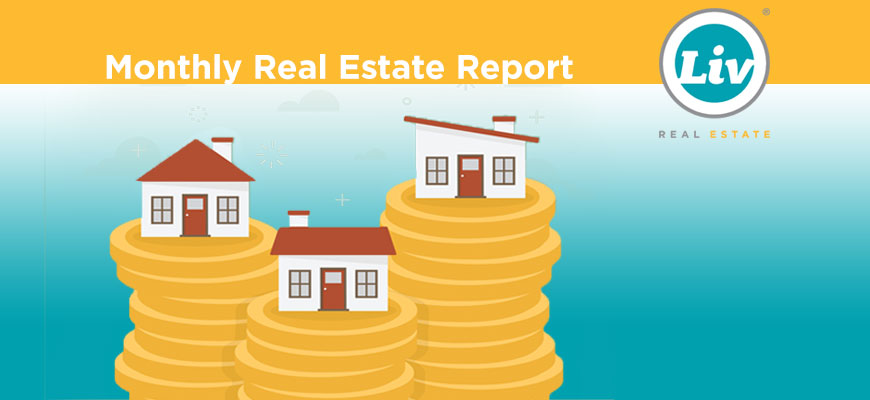
“It’s in recovery — a slow recovery — that’s based on current and future GDP growth,” says Jennifer Hunt, vice-president of research at Real Estate Intelligence Network Ltd. “At REIN we are always looking at the health of the economy, jobs and migration.” All are connected, she adds. Economic growth creates jobs, which boosts migration. In turn, more people coming to the city for jobs will create more demand for housing — first rental units and then homes for ownership.The Real GDP for the City of Edmonton is up 0.5% from last year and is forecast to grow at about 1.4% next year. Net Migration into the province is also on the rise - net migration in the first quarter of 2019 was 9,189 and in the second quarter was 12,899. Meanwhile, real estate sales increased by 6% year over year in October. All of this suggests our real estate market is recovering. REIN cautions the recovery is tenuous and subject to setbacks, and I wonder if their research considers the cuts coming from the UCP, which I expect will hit Edmonton harder than other areas in the province. Builders appear to be banking on improving sales with housing starts on the rise while we're already oversupplied. Here's our look at the real estate market in the Greater Edmonton Area in November.
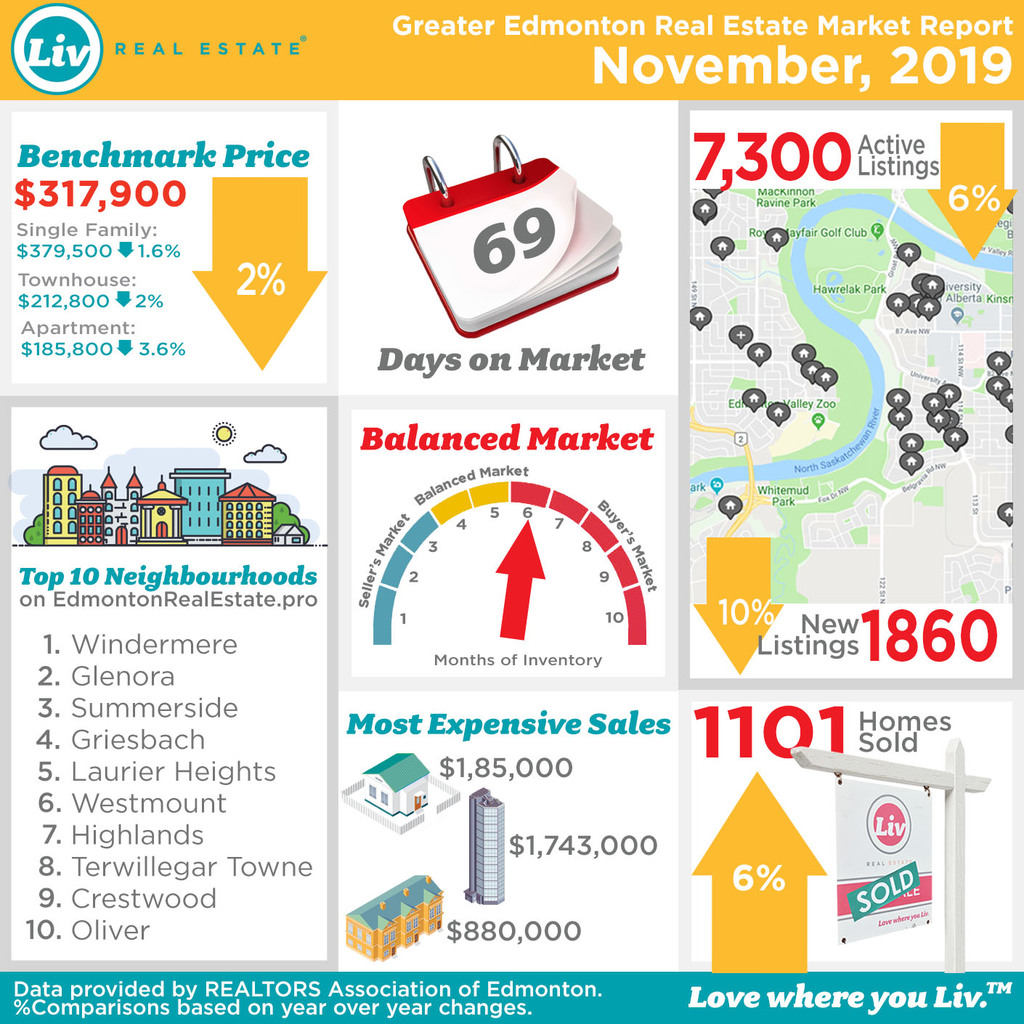

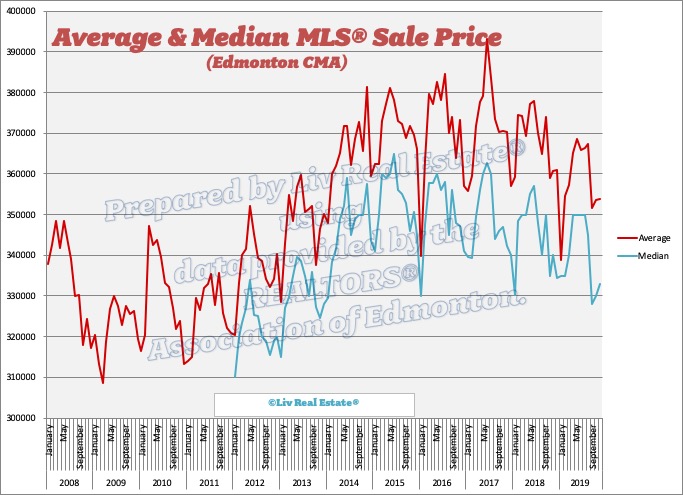
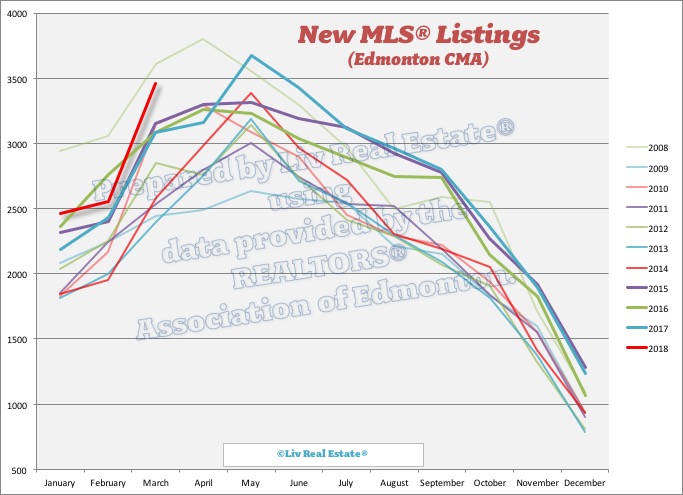
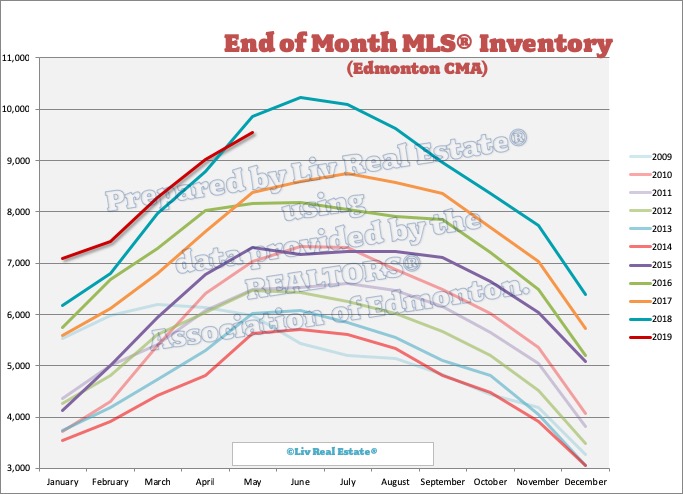
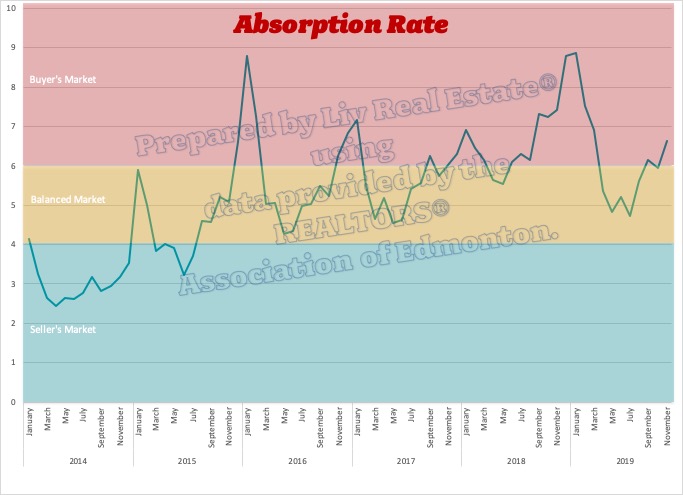
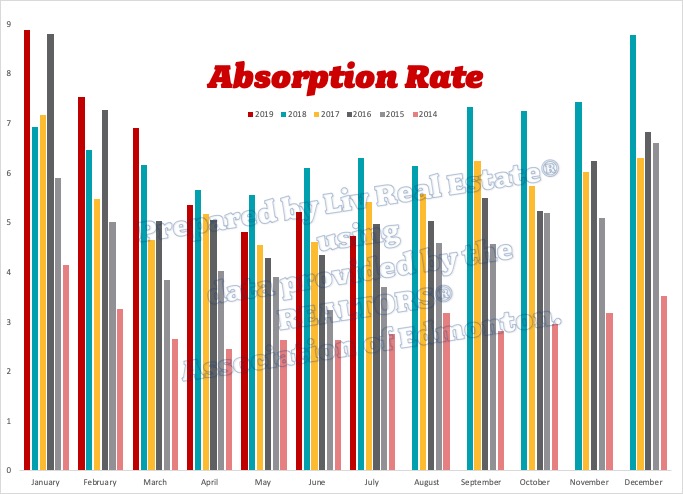
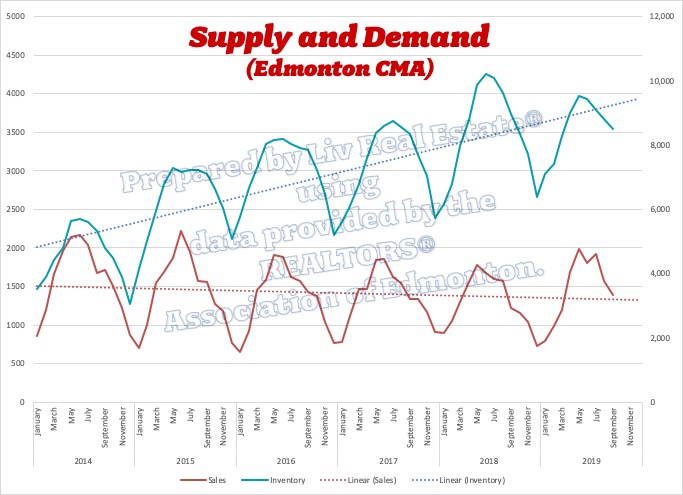
City of Edmonton Stats
Our initial report on the real estate market in Edmonton in November shows demand for single-family homes dropped slightly from last year, while demand for condos was up for the third month in a row.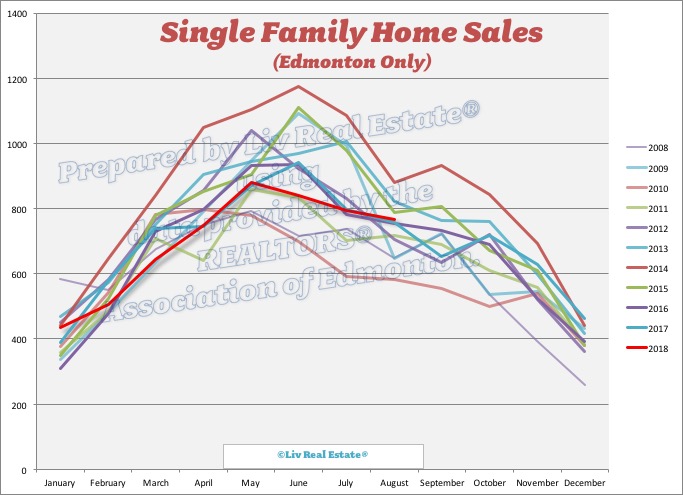 244 condos were reported sold, a 10% increase over last October:
244 condos were reported sold, a 10% increase over last October:
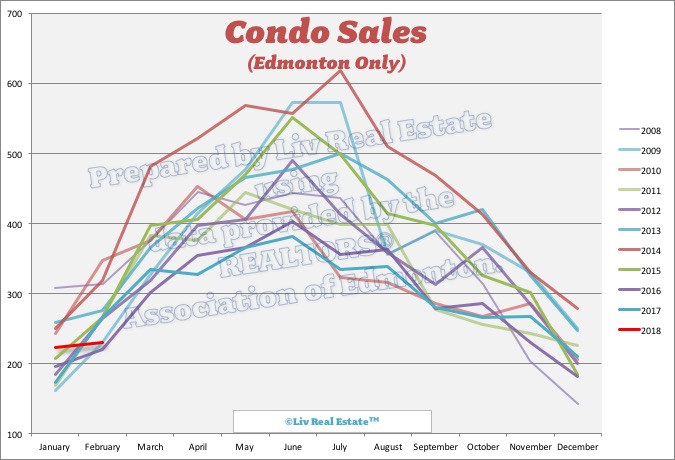 The average price of single-family homes down 2% to $411,711 and the median price was up 1% to $377,000. The average price for condos was up 2% to $222,648 and the median was down 4% to $200,000.
The average price of single-family homes down 2% to $411,711 and the median price was up 1% to $377,000. The average price for condos was up 2% to $222,648 and the median was down 4% to $200,000.
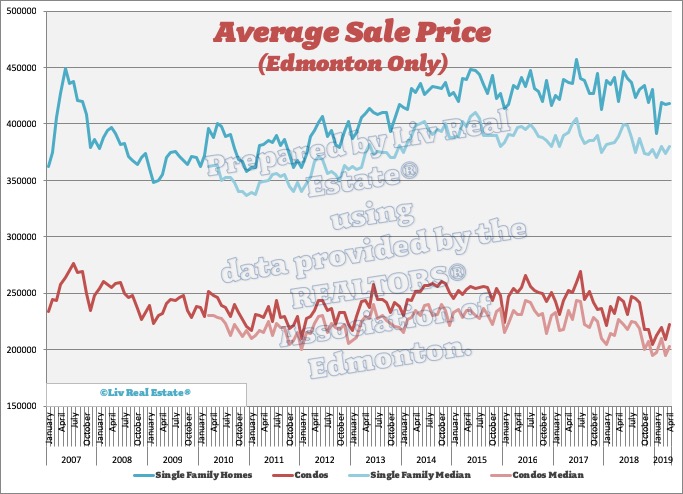 The average price per square foot for single-family homes was down $9 to $261 and for condos was down $4 to $215.
The average price per square foot for single-family homes was down $9 to $261 and for condos was down $4 to $215.
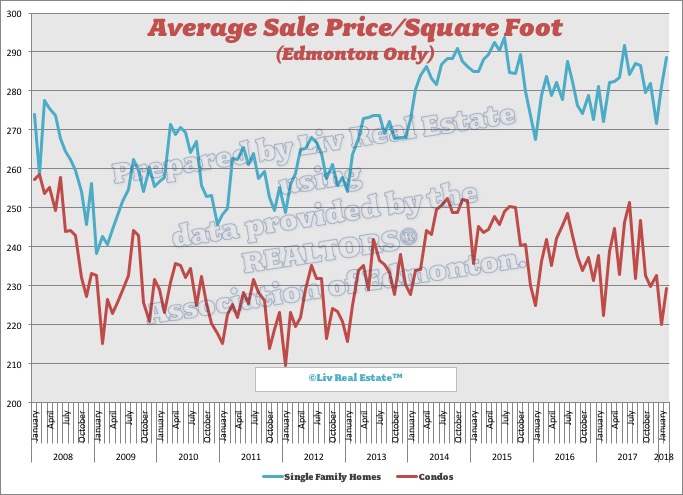 Posted by Liv Real Estate
on
Posted by Liv Real Estate
on

Leave A Comment